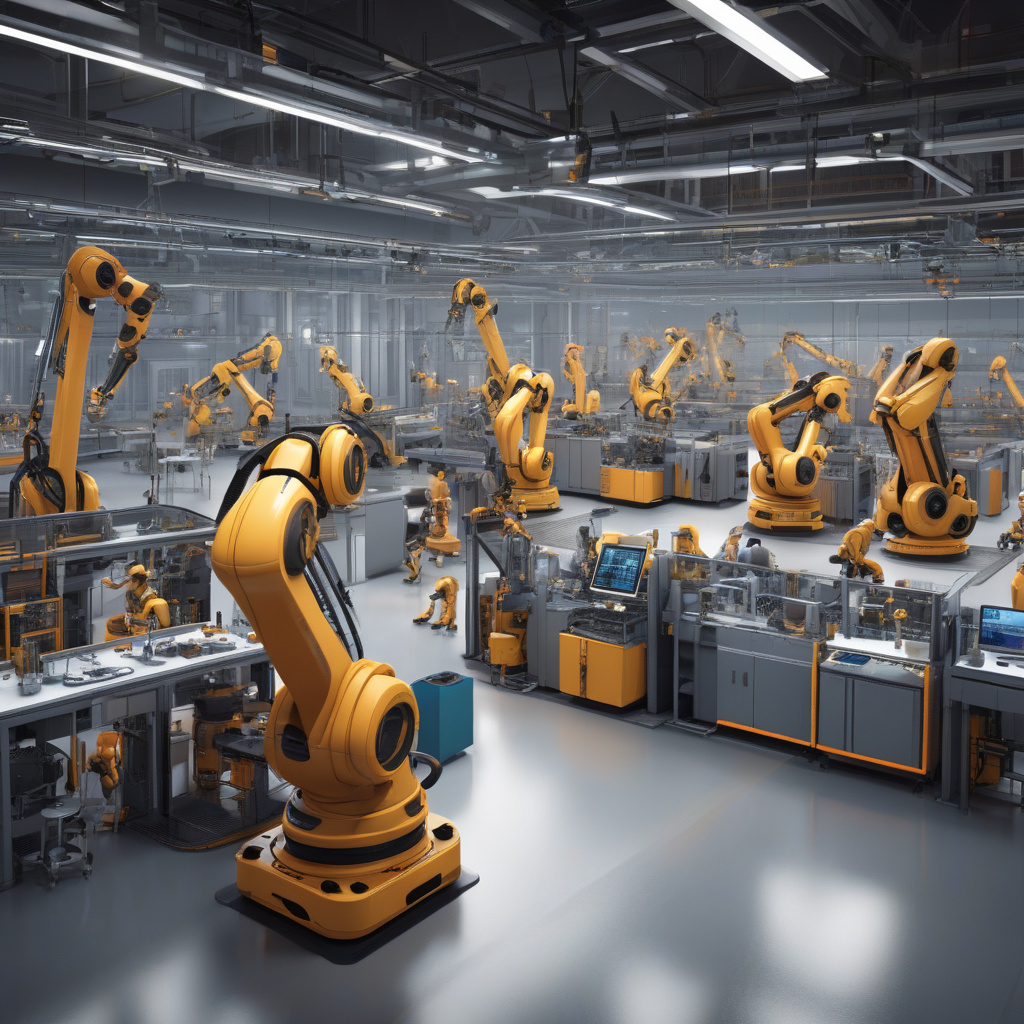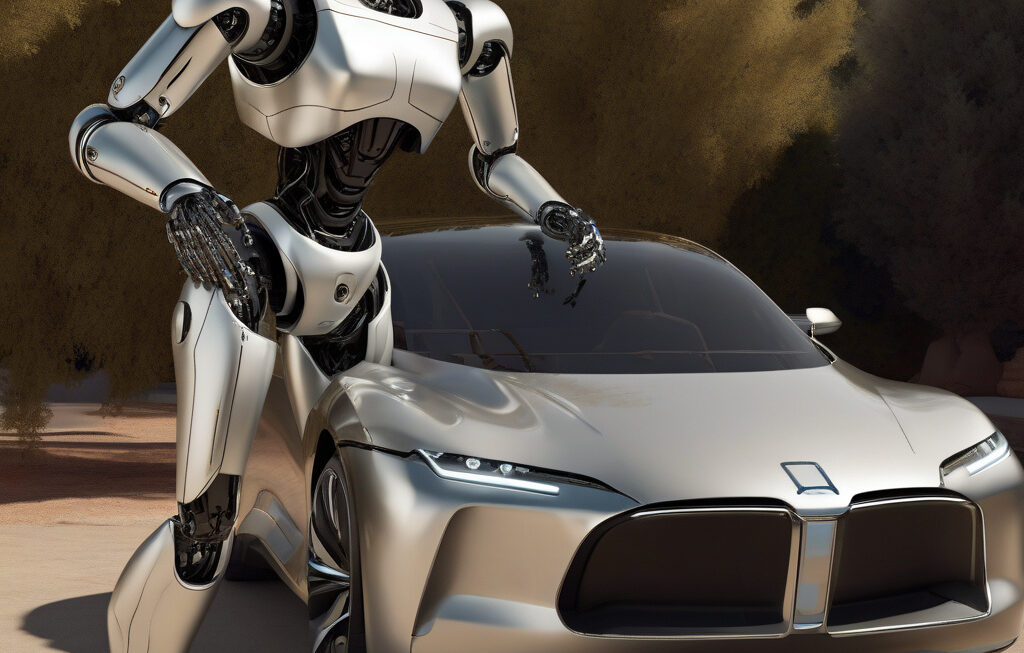The Rise of Smart Factories: How AI and IoT are Transforming Manufacturing Operations
Manufacturing operations have come a long way from traditional, labor-intensive processes to highly automated systems. However, the integration of Artificial Intelligence (AI) and the Internet of Things (IoT) is taking this evolution to the next level by giving birth to smart factories. These smart factories are not just automated; they are self-learning systems that can make decisions and adapt to changes in real-time, revolutionizing the manufacturing industry as we know it.
AI and IoT technologies are at the forefront of this transformation. AI algorithms are being used to analyze vast amounts of data collected by IoT sensors throughout the manufacturing process. These algorithms can identify patterns, predict outcomes, and even optimize operations without human intervention. For example, AI can analyze machine performance data to predict when maintenance is needed, reducing downtime and preventing costly breakdowns.
IoT devices, on the other hand, are instrumental in collecting real-time data from machines, products, and even employees on the factory floor. This data can provide valuable insights into how the manufacturing process is running and highlight areas for improvement. For instance, IoT sensors can monitor product quality in real-time, allowing manufacturers to detect defects early in the process and take corrective actions before they escalate.
One of the key advantages of smart factories is their ability to enhance productivity and efficiency. By leveraging AI and IoT, manufacturers can automate routine tasks, optimize production schedules, and streamline supply chain operations. This not only leads to cost savings but also enables manufacturers to deliver high-quality products to customers faster and more consistently.
Moreover, smart factories are driving innovation in product customization and personalization. By analyzing customer data in real-time, manufacturers can tailor products to individual preferences and market demands. This level of customization was previously unattainable with traditional manufacturing methods and is now made possible through the power of AI and IoT.
Another benefit of smart factories is their sustainability. By optimizing energy usage, reducing waste, and improving resource efficiency, manufacturers can minimize their environmental impact. For example, AI algorithms can analyze energy consumption patterns and suggest ways to reduce electricity usage during off-peak hours, leading to lower carbon emissions and cost savings.
In conclusion, the rise of smart factories powered by AI and IoT is transforming manufacturing operations in unprecedented ways. From improving productivity and efficiency to driving innovation and sustainability, these technologies are reshaping the future of manufacturing. As more companies adopt smart factory solutions, we can expect to see even greater advancements in the industry, paving the way for a more intelligent and interconnected manufacturing ecosystem.
The post The rise of smart factories: How AI and IoT are transforming manufacturing operations appeared first on Innovation News Network.
smart factories, AI, IoT, manufacturing operations, innovation












